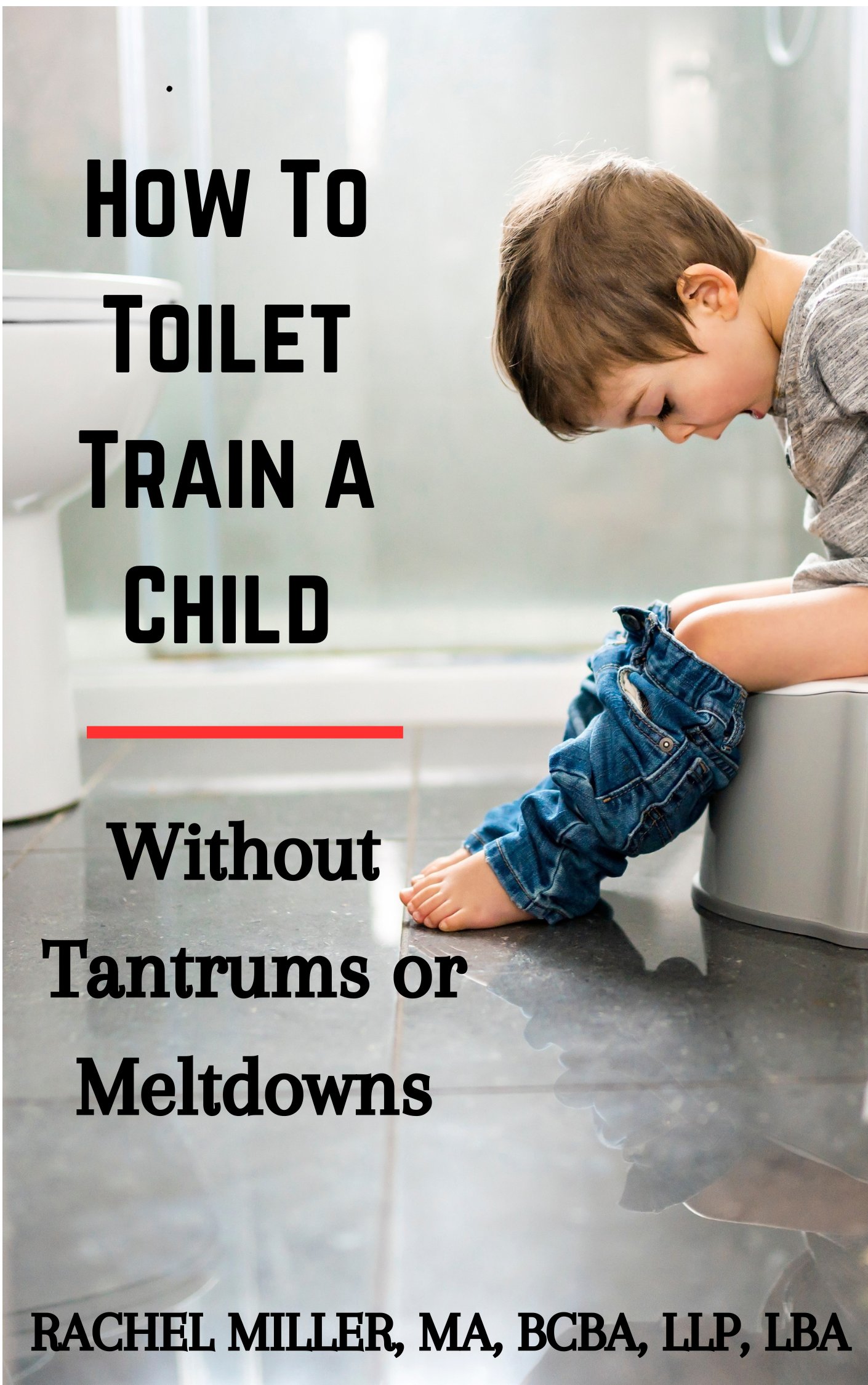Forms of Discipline for Toddlers:
Gentle and Effective Strategies
Why Discipline for Toddlers Matters

Discipline for toddlers is about so much more than stopping unwanted behavior—it’s about teaching skills that will serve your child for years to come. Between 6–18 months, toddlers are curious explorers. They test boundaries, push limits, and often repeat behaviors just to see your reaction.
Some parents worry that discipline for toddlers is “too harsh” or unnecessary at this young age. But when done gently and consistently, discipline is simply guidance. It helps toddlers understand what’s safe, what’s kind, and how to manage their big emotions.
As a parent of three, I’ve learned that starting early makes a huge difference. By the time I reached my second and third child, I was much more confident using strategies like redirection, logical consequences, and time-outs. The result? Fewer power struggles and a much calmer home!
Redirection: The First Step in Toddler Discipline
The easiest and most positive form of discipline for toddlers is redirection. This strategy simply means guiding your child away from negative behavior and showing them what they can do instead.
Real-Life Examples of Redirection
- Climbing into cupboards: Move your toddler to a safe play area and say, “Let’s play with your blocks instead.”
- Pulling the dog’s fur: Gently guide their hand while saying, “Be gentle. Let’s pet softly.”
- Throwing a block: Show them how to stack blocks while saying, “Blocks are for building!”
Redirection is effective because toddlers naturally have short attention spans. If you give them something safe, fun, and engaging, they’ll often forget about the original behavior.
Logical Consequences: Teaching Cause and Effect
When redirection doesn’t work, the next step in discipline for toddlers is logical consequences. Unlike punishment, logical consequences are directly related to the behavior, helping children understand the natural result of their choices.
Examples of Logical Consequences
- Throwing food from a high chair: Calmly end the meal by saying, “Looks like lunch is all done.”
- Throwing toys repeatedly: Remove the toy and say, “That toy is resting for now.”
- Pulling the dog’s hair: End playtime with the pet by saying, “Looks like you can’t play with the dog right now.”
Logical consequences work because they are respectful, consistent, and directly connected to the action. Over time, toddlers learn that certain behaviors lead to outcomes they don’t like—without parents needing to yell or punish. A wonderful resource on this method is Love and Logic Magic for Early Childhood, which offers more in-depth strategies for parents.
Time-Outs: A Last Resort for Toddler Discipline

Sometimes, neither redirection nor logical consequences stop the behavior. In those cases, a time-out can be helpful. For toddlers, a time-out isn’t about punishment—it’s about giving them space to calm down.How to Use Time-Outs with Toddlers
- Under 1 year: Place your child in a safe playpen with toys when redirection fails. It’s simply a reset, not a punishment.
- Ages 1–2 years: Use a calm phrase like, “Uh oh, time out,” then place them in a booster seat or safe space without toys. Keep time-outs short—about 1 minute per year of age.
The goal is to let toddlers pause and reset. If they cry or tantrum, wait until they’ve been calm for at least 10–15 seconds before ending the time-out. Tools like visual timers can also help toddlers understand when their break will be over. I personally like the one below the best.

There may be a different version for android. It slightly distracts them from the time out and helps to let them know when they will be done sitting. Every time they have any whining, crying etc. restart the timer. Initially, you may want to start with only 10 seconds as restarting it 6 times would result in one minute.
Gentle Alternatives: Positive Reinforcement
Discipline for toddlers isn’t just about correcting negative behavior—it’s also about encouraging positive behavior. One of the most powerful tools parents can use is positive reinforcement.Ways to Use Positive Reinforcement
- Praise: Say, “Great job using gentle hands with the dog!”
- High-fives or hugs: Small celebrations help toddlers connect good behavior with positive attention.
- Reward charts (for older toddlers): Stickers or simple charts can help reinforce positive choices.
Positive reinforcement works hand-in-hand with other discipline methods. When toddlers see that good behavior gets them praise and connection, they’re more likely to repeat it.
Common Mistakes to Avoid in Toddler Discipline
While learning how to discipline toddlers, many parents fall into traps without realizing it. Here are a few things to avoid:
- Being inconsistent: If rules change from day to day, toddlers will test limits even more.
- Over-explaining: Toddlers don’t have the language skills for long lectures—keep it short and simple.
- Yelling or shaming: This can cause fear, not learning, and harm the parent-child bond.
- Ignoring positive behavior: Don’t just focus on discipline—make sure to notice and celebrate the good moments too!
Final Thoughts on Discipline for Toddlers
Discipline for toddlers doesn’t have to be stressful or harsh. By using redirection, logical consequences, time-outs, and positive reinforcement, you can guide your child with love, patience, and consistency.
Remember: toddlers are learning every day. The more calmly and consistently you set boundaries, the easier it will be for your child to grow into a respectful, empathetic, and happy individual.
✨ Parent Tip: Stay patient—it may take many repetitions before a lesson sticks. Discipline for toddlers is a journey, not a quick fix.
If you haven't already, be sure to check out my ebooks, now on Amazon!

